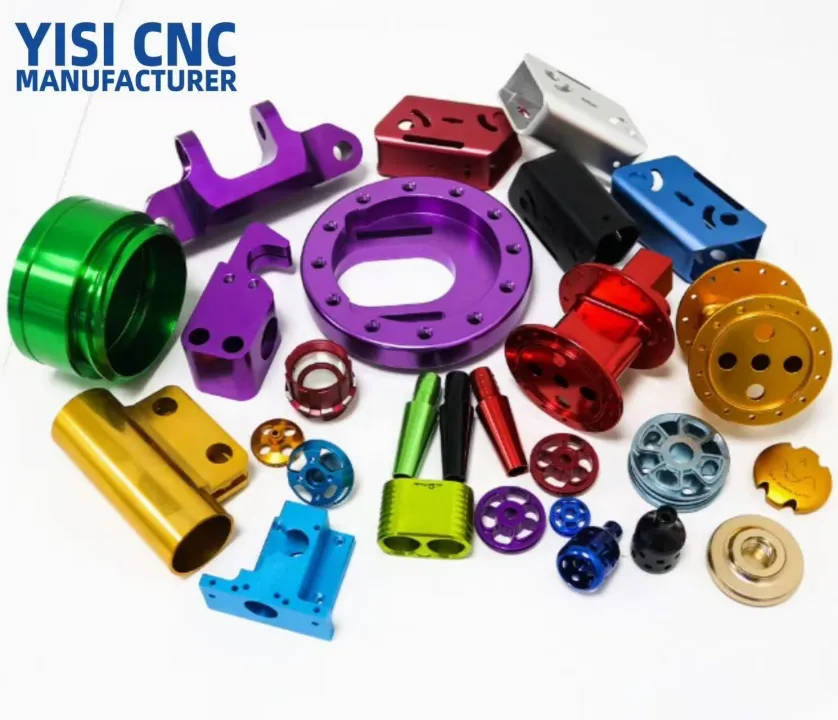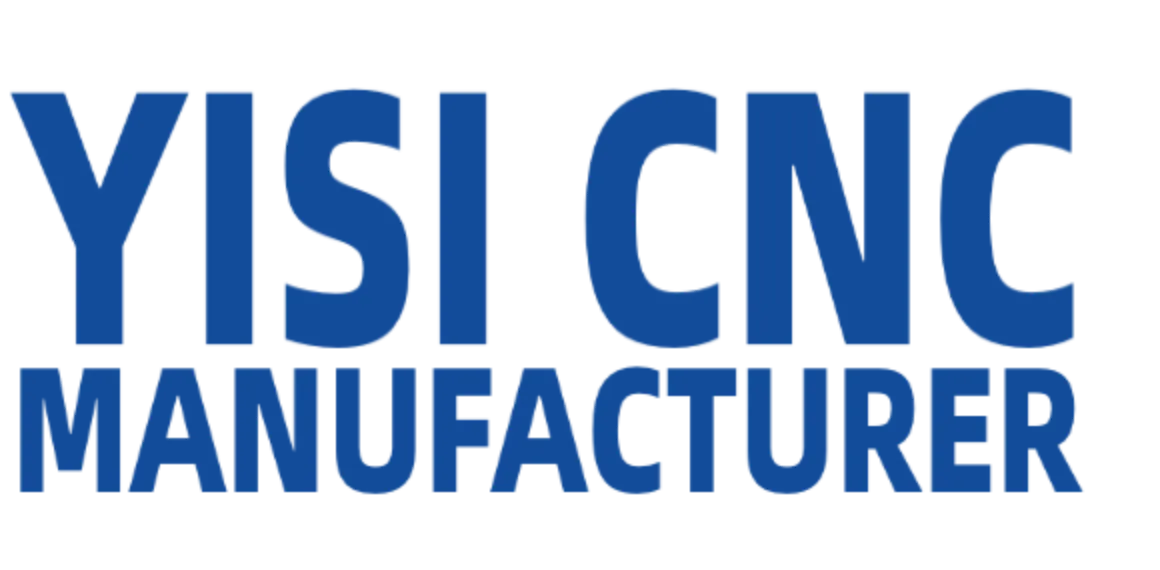What is Metal Finishing Process & How Does it Work - Finishing Services
Metal finishing or metal finishes, is the process of utilizing different techniques to alter the surface of an object, for improving the appearance and properties like corrosion resistance, tarnish resistance, chemical resistance, wear resistance, and hardness, modifying electrical conductivity, removing burrs or applying specific colors to the machined components. It usually through adding a layer of metal or non-metal coating on the exterior of a metallic workpiece, which can also clean the part at the same time. The metal surface finishing services commonly applied on various CNC machining parts made of aluminum, stainless steel, brass and more materials.
-
Benefits of Metal Finishing Process
The functions of metal surface treatment can be summarized as follows:
- Improve the appearance
- Add specific beautiful colors
- Change the luster
- Enhance chemical resistance
- Increase wear resistance
- Limit effects of corrosion
- Reduce friction
- Remove surface defects
- Cleaning the parts
- Serve as a primer coat
- Adjust the sizes
Different Types of Metal Finishes - Metal Surface Finishing Services Available at YiSi CNC
Do you want your CNC parts to be more corrosion-resistant or get a specific look? Metal finishing service is a essential choice to achieve your design perfectly. YiSi CNC - YISICNC.com is an accomplished finished parts manufacturer, our workers and craftsman are capable to provide precision CNC machining services and a wide range of finishing services including aluminum anodizing, painting, passivation, electroplating, powder coating, polishing, black oxide, conversion coating, abrasive blasting, etc. Here are the introductions to different types of metal finishes, more details please feel free to contact us.
-
1. Anodizing (Anodized)
An electrolytic passivation process of forming a thin layer of metal oxide on the exterior of CNC machined parts to increase the thickness of the natural oxide layer, protect the metal, add various colors, as well as improve corrosion and abrasion resistance. Aluminum is the most widely anodized material, and the advantages of anodized aluminum components are well known, but many other metals can undergo the process, such as stainless steel, copper, titanium, zinc, and magnesium.
-
2. Passivation
A common chemical surface treatment method mostly for steel and stainless steel, to use a light coat of protective material to create a shell for enhancing the corrosion resistance or reducing the chemical reactivity. Passivation of stainless steel removes free ironand ferrous contaminants on metal surface with an acid solution to prevent rust.
-
3. Plating (Electroplating)
The process of using an electric current to reduce dissolved metal cations so that they form a thin coherent metal coating on an electrode, to change the properties of the metal surface or build up thickness for undersized parts. Chrome plating, nickel plating and more are often applied at YISICNC.
-
4. Painting
The process of spraying paint, pigment, or color to a solid surface as a colored protective layer, and can be done on metal or non-metal CNC machined components of any shapes, usually applied on aluminum, stainless steel and steel alloy parts. The purpose is to improve aesthetic appearance and prevent corrosion or oxidation.
-
5. Black Oxide (Hot Blackening)
The technique also known as blackening, or gun bluing, a chemical process of forming a black conversion coating on stainless steel, copper and copper based alloys, zinc, powdered metals, silver solder, and ferrous materials, the black oxide coating can improve corrosion resistance and minimize light reflection.
-
6. Polishing
Polishing, also known as buffing, a process of rubbing the surface of parts or utilizing a chemical action to produce a smooth and shiny surface, make the surface get significant specular reflection or reduce diffuse reflection in some materials.
-
7. Powder Coating
The process of placing a functional and decorative finish, which is applied as a free-flowing, dry powder, employs electrostatically and then cured under heat, to create a hard finish that is tougher than conventional paint. The main applications including household appliances, aluminum extrusions, drum hardware, automobile, motorcycle, and bicycle parts.
-
8. Heat Treatment
The process through utilizing heating or chilling usually under extreme temperatures to make the metal achieve a certain state or change some characteristics, heat treating techniques including annealing, tempering, hardening, precipitation strengthening, tempering, carburizing, normalizing and quenching.
-
9. Satin Finish
Apply a luster between the dull, non-shiny finish of matt materials and the bright and shiny finish of glossy finish. The visual effect is related to the lighting of the environment, satin metal finish is reflective, flat and glossy.
-
10. Abrasive blasting (Sandblasting)
The operation of propelling a stream of abrasive material composed of high-velocity sand-sizes particles against the metal surface under high pressure with blast equipment like air pressure system, to remove surface contaminants, clean metals or increase a texture, then change the smoothness or roughness of surface.
-
11. Conversion coating
It is also known as chromate conversion, the coating are used for metals converted to a protective layer through the chemical or electrochemical processes, primarily used as a corrosion inhibitor, decorative finish, or to retain electrical conductivity.
-
12. Tungsten carbide coating
Tungsten carbide coating is a type of thermal spray coating that involves the deposition of a thin metallic layer of tungsten carbide, a compound of tungsten and carbon, onto the surface of a substrate. This coating is applied primarily to improve the wear resistance and hardness of the surface.
Choose the Best Metal Finishing Process
After browsing a list of metal finishing services, select a process based on essential considerations, like production time, cost-effectiveness, part tolerance, durability and applications. High-tolerance CNC milling, turning parts are not recommended to apply secondary metal surface finish, because the treatment may change the sizes of the finished part through removing or adding a small amount of materials.
Other requirements or custom designs, welcome to contact us for a free quote fast!







